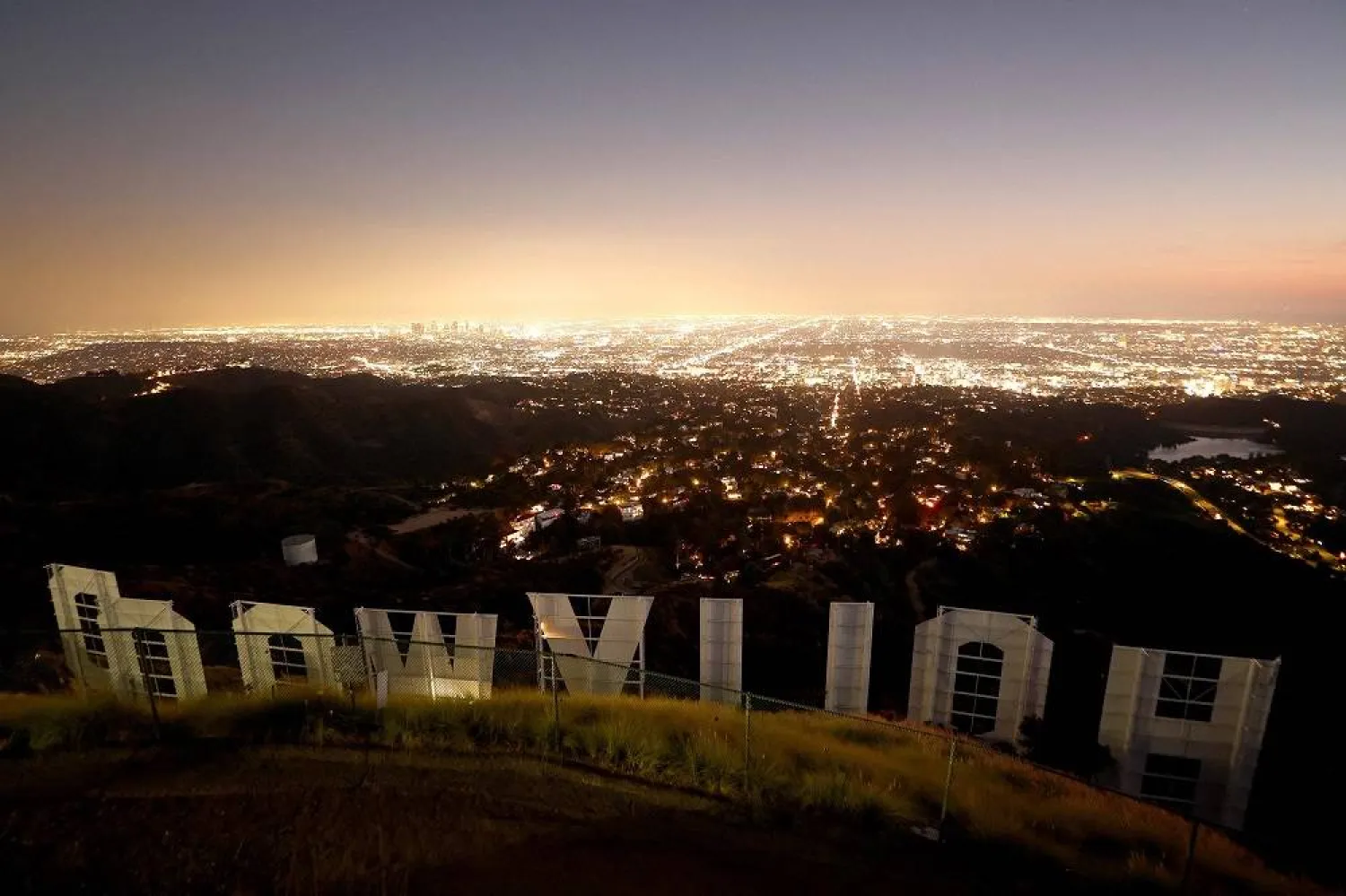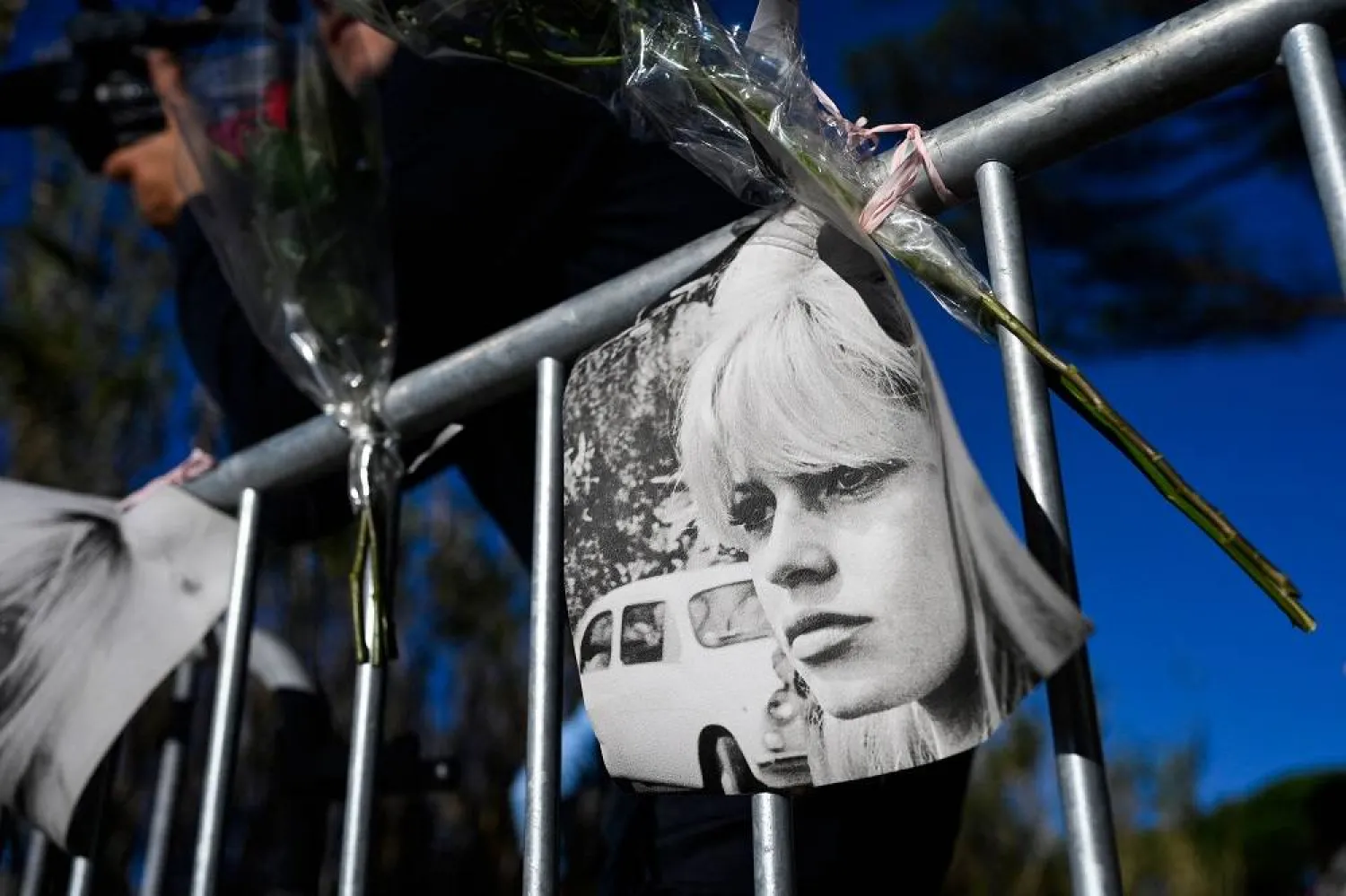A Toronto production assistant whose income dried up because of Hollywood strikes lost his housing and ended up living in his car. A New York set dresser slipped out of sobriety amid the stress. A New Mexico assistant director fell into deep depression and took his life.
They were among the hundreds of thousands of US and Canadian film and television crew workers who were unemployed for up to 10 months because of strikes called by actors and writers, leaving a trail of evictions and family disintegration.
Crew members rallied to help one another and charities pitched in during the writers strike that began May 2 and ended in late September, and the actors strike that started in July. The actors reached a tentative agreement on Wednesday.
"The actors and writers are getting a lot of publicity but the crews are the collateral damage of the strikes," said Lori Rubinstein, executive director of mental health charity Behind the Scenes.
Crew members lost health insurance and broke into retirement funds. They saw relationships collapse and became isolated and depressed as, month after month, they went without pay and lost the rush of 70-hour work weeks creating shows that cost hundreds of millions of dollars, according to union leaders, counselors and over a dozen crew members Reuters interviewed.
In the last 18 months Rubinstein has put around 1,000 industry members through a mental health first aid training course to prevent suicides in a sector that struggles with substance abuse, workaholism and bullying, according to crew members Reuters spoke to.
"He really truly needed to work," said Pam Rosen, the mother of Joe Bufalino, 32, New Mexico's youngest ever first assistant director, known for films like "Silk Road" and "Thai Cave Rescue," who took his life on Aug. 17.
"At the point that he died he saw no future," Rosen said.
PSYCHOLOGICAL DISTRESS
In California, Jennifer Jorge, head of social services with the Motion Picture Television Fund (MPTF) and her team handled hundreds of calls each week, some from film crew members who talked of suicide.
"When someone is struggling to make a monthly payment, when their car gets repossessed, when they're facing being evicted, when they don't have food for themselves or their children, it causes a great deal of psychological distress," Jorge said.
MPTF has provided around $3.75 million in assistance to workers. Canada's AFC charity suspended new aid applications after it was swamped with requests. The Entertainment Community Fund has distributed over $11.2 million in grants, mostly to workers in California, New York and Atlanta.
In the Toronto area, a fellow crew member took in the production assistant who was sleeping in his vehicle.
"If not for the good grace of friends, I'd be dead," said Sean, the production assistant, who asked that his full name not be used.
The crew member, a location manager, had his van re-possessed. His wife, also a film worker, turned to childcare to pay the bills.
"We usually have a safety net and because of everything we've personally gone through this year the safety net has gone," said Chris, the location manager, who asked that his full name not be used.
New York set dresser and props person Norvin Van Dunk has long dealt with depression and anxiety. He had been sober for around a year before the first strike hit.
Even with support from his wife, who was still working, and crew member friends he briefly slipped back into drinking to cope with the stress of not working. He has since regained sobriety, going to the gym, playing music and caring for his young children.
New York props master Gwen Roach and her husband used up their life savings and abandoned hopes of owning a home. Her unemployment pay ran out, and her husband's was about to.
"Never in my life did I think I would have to look into going onto welfare or food assistance," said Roach, who has worked at a restaurant and florist shop to get by.
In Albuquerque, assistant director Anthony Pelot, 37, who worked on sets with Bufalino for 14 years, grieved the loss of his best friend.
"There's no doubt in my mind that if these strikes hadn't happened, Joe would be alive today," said Pelot, sitting next to Rosen in a cafe near where the two friends lived around the corner from one another.
Film Crews Became 'Collateral Damage' of Hollywood Strikes

The Hollywood sign stands at dusk on day 106 of the SAG-AFTRA strike against the Hollywood studios on October 27, 2023 in Los Angeles, California. (Getty Images via AFP)

Film Crews Became 'Collateral Damage' of Hollywood Strikes

The Hollywood sign stands at dusk on day 106 of the SAG-AFTRA strike against the Hollywood studios on October 27, 2023 in Los Angeles, California. (Getty Images via AFP)
لم تشترك بعد
انشئ حساباً خاصاً بك لتحصل على أخبار مخصصة لك ولتتمتع بخاصية حفظ المقالات وتتلقى نشراتنا البريدية المتنوعة







